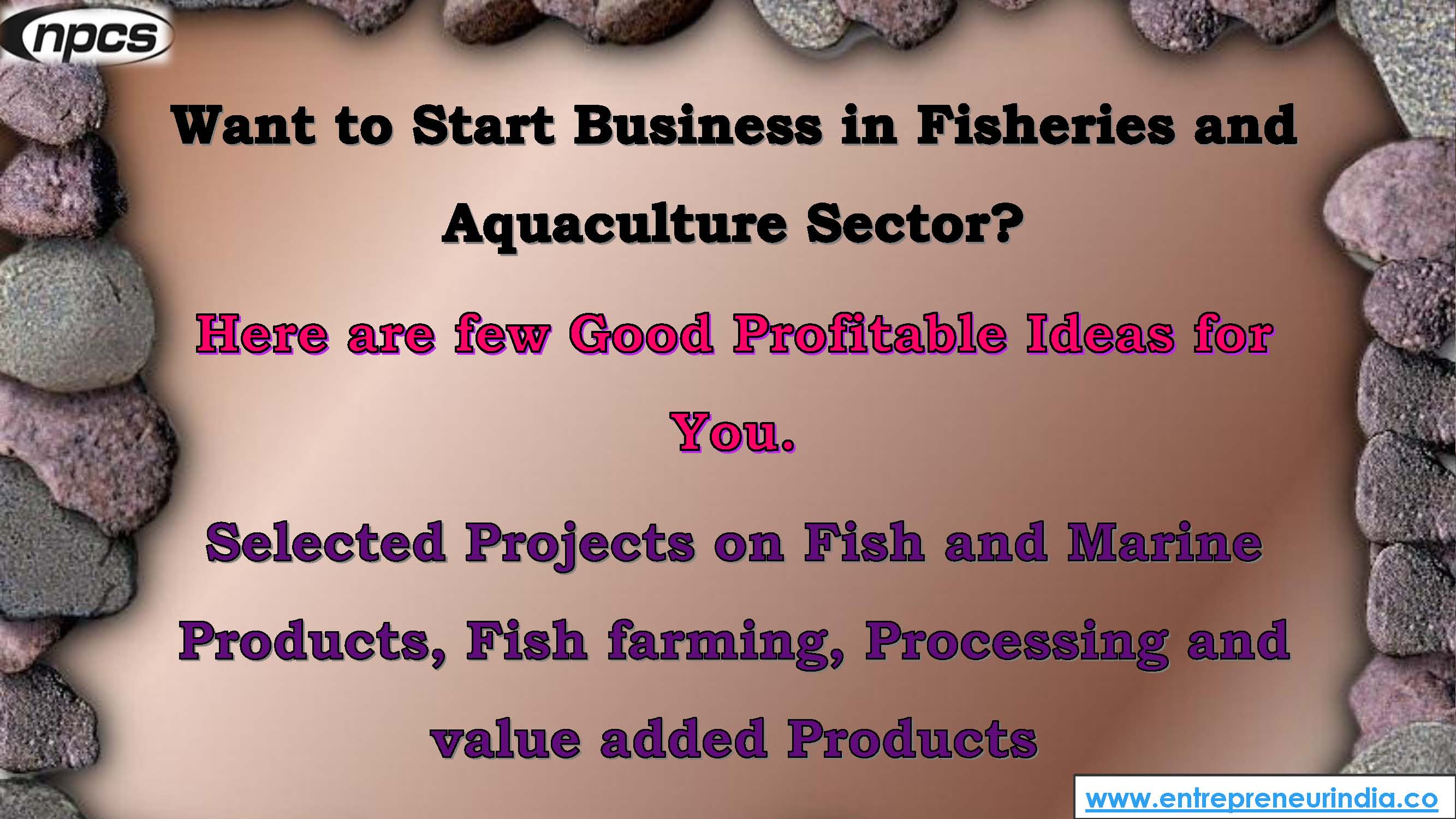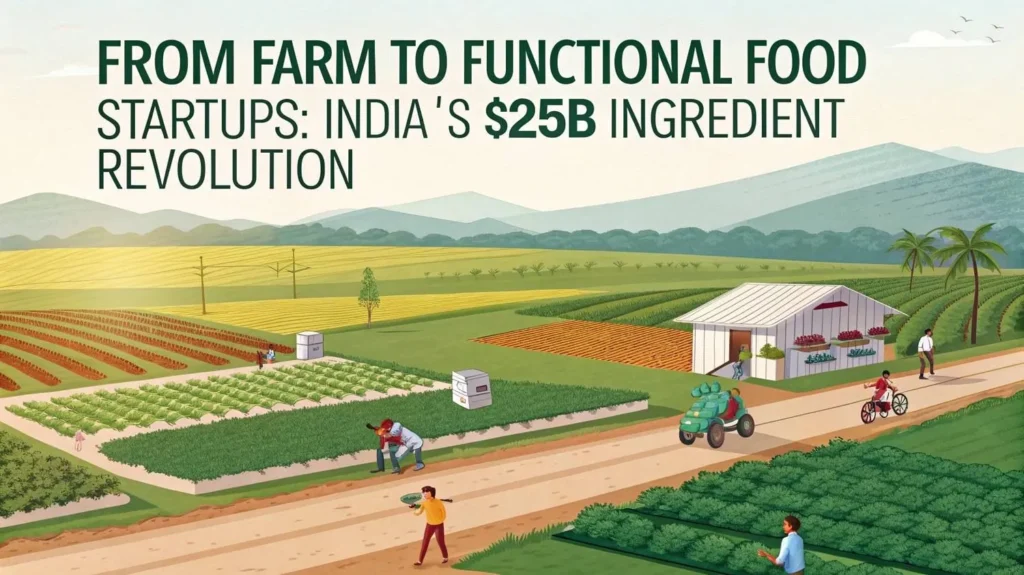
With growing demand for protein-rich food and global interest in sustainable farming, many entrepreneurs are now choosing to start business in fisheries and aquaculture sector. This sector offers low entry barriers, recurring income, and strong government support. India is already the world’s third-largest producer of fish, and with modern techniques like cage culture, biofloc, and integrated farming, even small-scale businesses can thrive. From freshwater ponds to coastal shrimp farms, the opportunity is vast, scalable, and highly profitable for those willing to invest in knowledge and planning.
Why You Should Start Business in Fisheries and Aquaculture Sector
When you start business in fisheries and aquaculture sector, you’re not only entering a high-demand industry—you’re contributing to food security and sustainable rural development. The aquaculture sector includes fish farming, shrimp cultivation, ornamental fish breeding, fish hatcheries, and even feed production. These ventures cater to domestic markets, export demands, and hospitality sectors. With increasing health awareness, more people are adding fish to their daily diets, pushing the sector forward.
1. Freshwater Fish Farming
Freshwater farming is one of the simplest ways to begin.
Popular fish varieties include:
-
Rohu, Catla, Mrigal
-
Tilapia, Pangasius
-
Common Carp, Grass Carp
You can start with a small pond and gradually scale. Feed, water quality, and disease control are crucial. Many state fisheries departments offer training, subsidies, and hatchery support.
This is one of the easiest and most accessible ways to start business in fisheries and aquaculture sector with minimal infrastructure.
See Also:- Holiday Resort Timeshare Resorts Business Opportunity
2. Shrimp and Prawn Farming
India is a leading exporter of marine shrimp, especially to the USA and Europe.
Why it’s profitable:
-
High global demand
-
Suitable for coastal states like Andhra Pradesh, Gujarat, Odisha
-
Lucrative margins with proper management
-
Vannamei shrimp is especially popular
This venture requires saline water, controlled pond environments, and export-grade hygiene standards. With a reliable supply chain, shrimp farming is a powerful export-focused aquaculture business.
3. Ornamental Fish Farming
This niche segment focuses on colorful, aquarium species.
Common species include:
-
Goldfish, Guppies, Mollies
-
Angelfish, Tetras, Barbs
Ornamental fish farming is space-efficient and perfect for urban or peri-urban areas. It also requires lower water volumes. Target local pet stores, online platforms, and direct hobbyists.
It’s an excellent way to start business in fisheries and aquaculture sector for beginners interested in creative and aesthetic products.
See Also:- Products from Fruits and Vegetables
4. Integrated Fish Farming (IFF)
IFF combines fish farming with other sectors like poultry, ducks, or vegetables.
Key advantages:
-
Maximized land use
-
Waste from one unit feeds the other
-
High productivity per acre
-
Sustainable and cost-effective
For example, poultry droppings enrich pond water, promoting plankton for fish. This model suits farmers and agri-entrepreneurs aiming for 360° resource optimization.
5. Fish Hatchery and Seed Production
Every fish farm needs fingerlings (baby fish). Setting up a hatchery allows you to supply them.
Business benefits:
-
Continuous demand across regions
-
Controlled environment reduces mortality
-
Supply fingerlings to both government and private farms
-
Also suitable for prawn seed production
Hatcheries require oxygenation, temperature control, broodstock management, and clean water. While technical, it’s one of the most consistent income-generating models in this sector.
See Also:- Glass and Ceramic Manufacturing Business
6. Cage and Pen Culture
Cage culture involves raising fish in large netted enclosures in lakes or rivers.
Why it’s attractive:
-
Utilizes existing water bodies
-
Ideal for high-density farming
-
Lower land cost
-
Scalable with community water bodies
Tilapia and Pangasius are the most suited species. This method is gaining traction through government grants and technology support under Blue Revolution initiatives.
7. Biofloc Technology Farming
Biofloc is a zero or minimal water exchange aquaculture technique. It recycles waste into feed using microbial action.
Advantages:
-
Low water requirement
-
High stocking density possible
-
Suitable for fish and shrimp
-
Urban setup possible in tanks
Ideal for areas with water scarcity or no access to ponds, biofloc units are a modern and profitable way to start business in fisheries and aquaculture sector with limited land.
See Also:-Profitable Projects on Fuels Production
8. Fish Feed Production
Fish feed is a major input cost in aquaculture. Producing quality feed gives better control and cost savings.
Feed varieties:
-
Floating pellet feed
-
Sinking feed
-
Nutrient-enriched specialized diets
If you supply locally or to other farmers, this business adds recurring revenue. Machinery required includes mixers, pelletizers, dryers, and packaging systems.
It’s a perfect backward-integration strategy if you already own a farm or hatchery.
9. Fish Processing and Packaging
Value addition is key in modern markets.
Products you can make:
-
Cleaned and packed fresh fish
-
Frozen fillets or steaks
-
Ready-to-cook marinated fish
-
Fish pickles or snacks
Cold chains, hygiene certification, and vacuum packaging are essential. This segment suits metro cities and areas close to hospitality hubs.
Adding processing makes your business stand out and earns you higher margins per kilogram.
10. Export-Oriented Aquaculture Units
India exports frozen fish, shrimp, and cuttlefish globally.
Why go international:
-
Huge market in US, Japan, EU
-
Incentives under Marine Products Export Development Authority (MPEDA)
-
High price realization
-
Quality and compliance build global reputation
You’ll need EC clearance, seafood certification, and traceability systems. With proper SOPs, your aquaculture business can become a major player on the world map.
Conclusion
There has never been a better time to start business in fisheries and aquaculture sector. Whether you prefer low-investment freshwater units or high-tech marine exports, the options are endless. This sector offers consistent demand, government backing, and eco-sustainable models. With proper training, hygiene protocols, and tech adoption, your fishery venture can deliver both financial and ecological returns. Dive into this growing industry with confidence—because the future of food is fresh, farmed, and full of potential.




